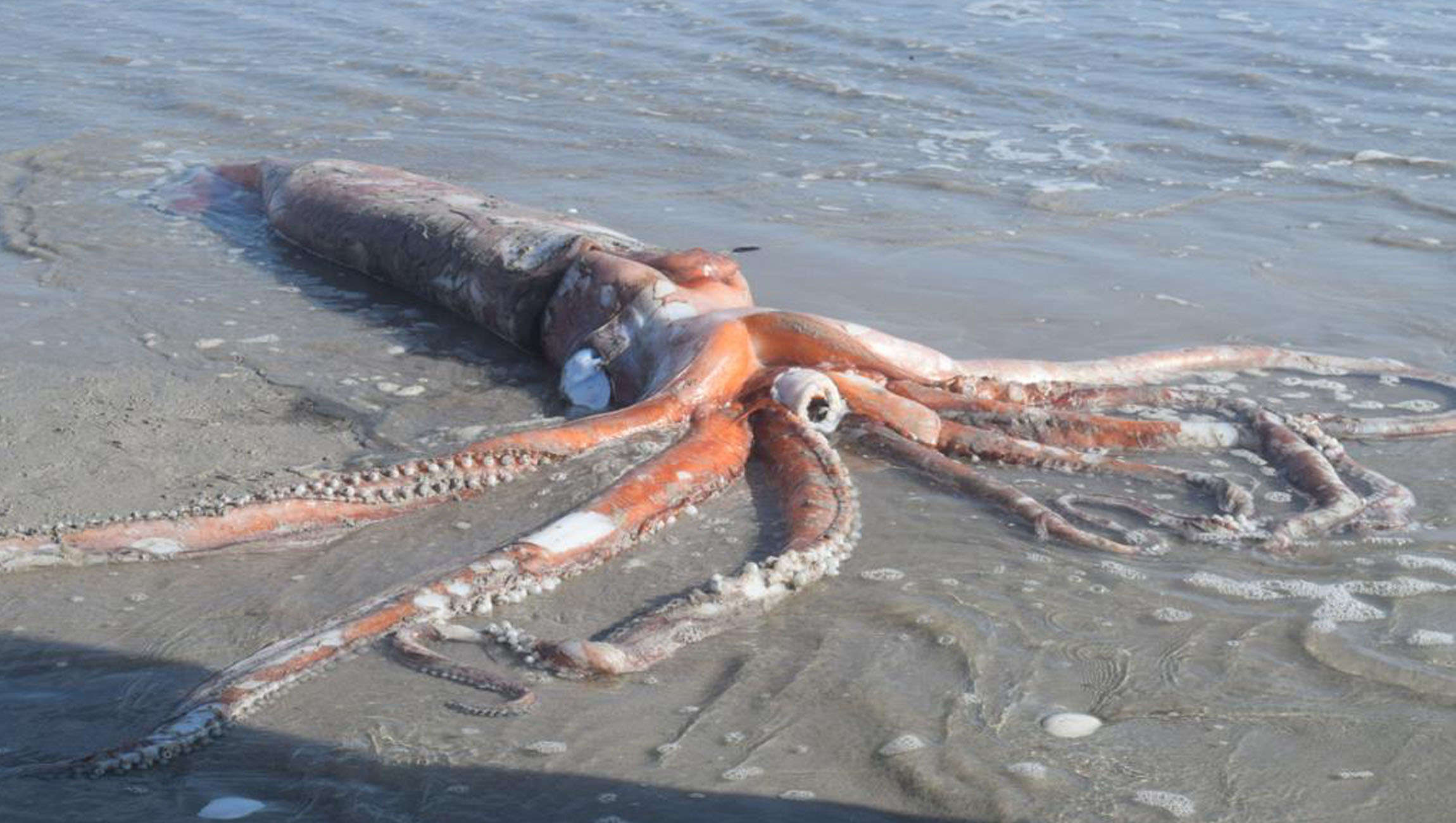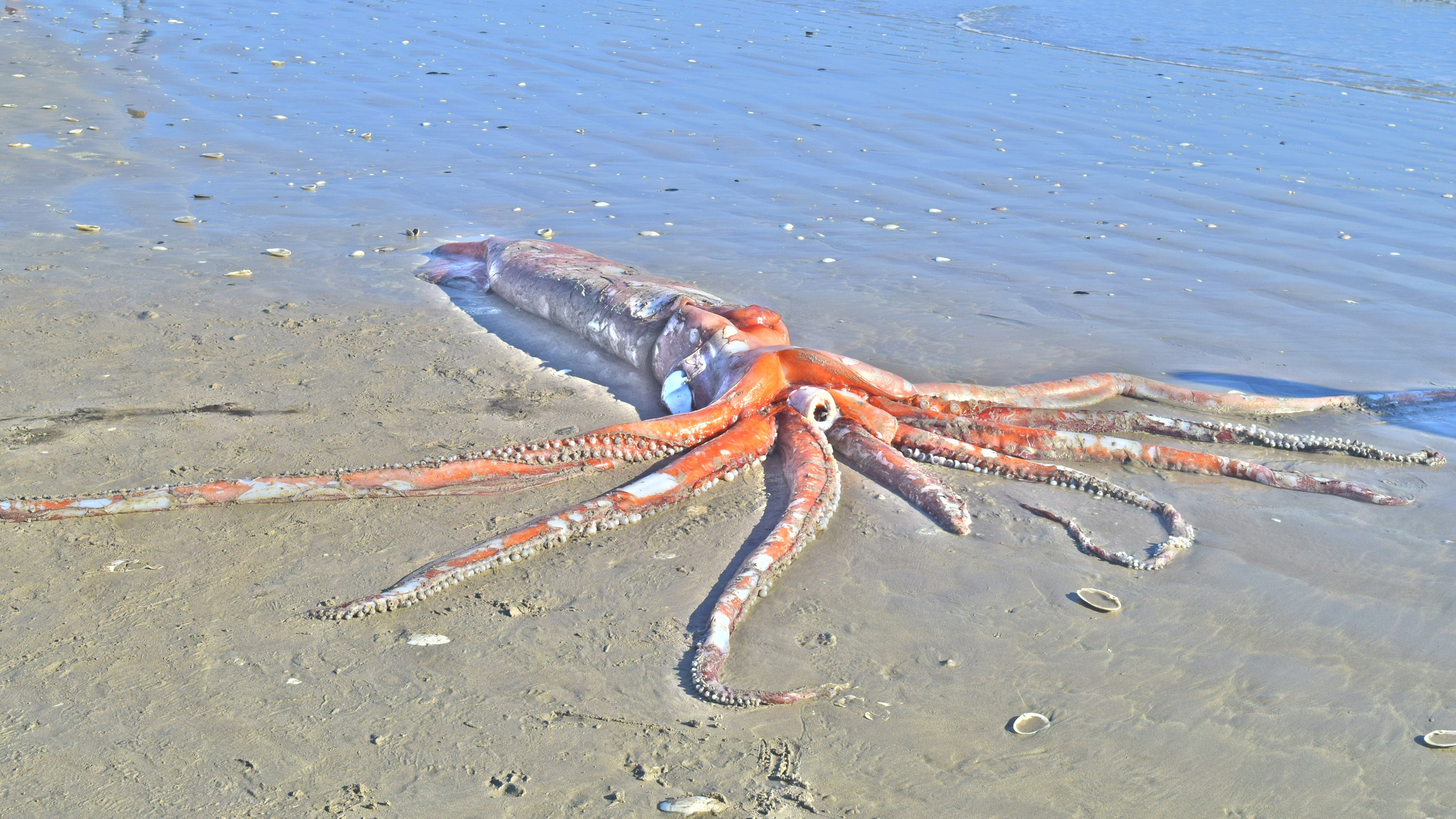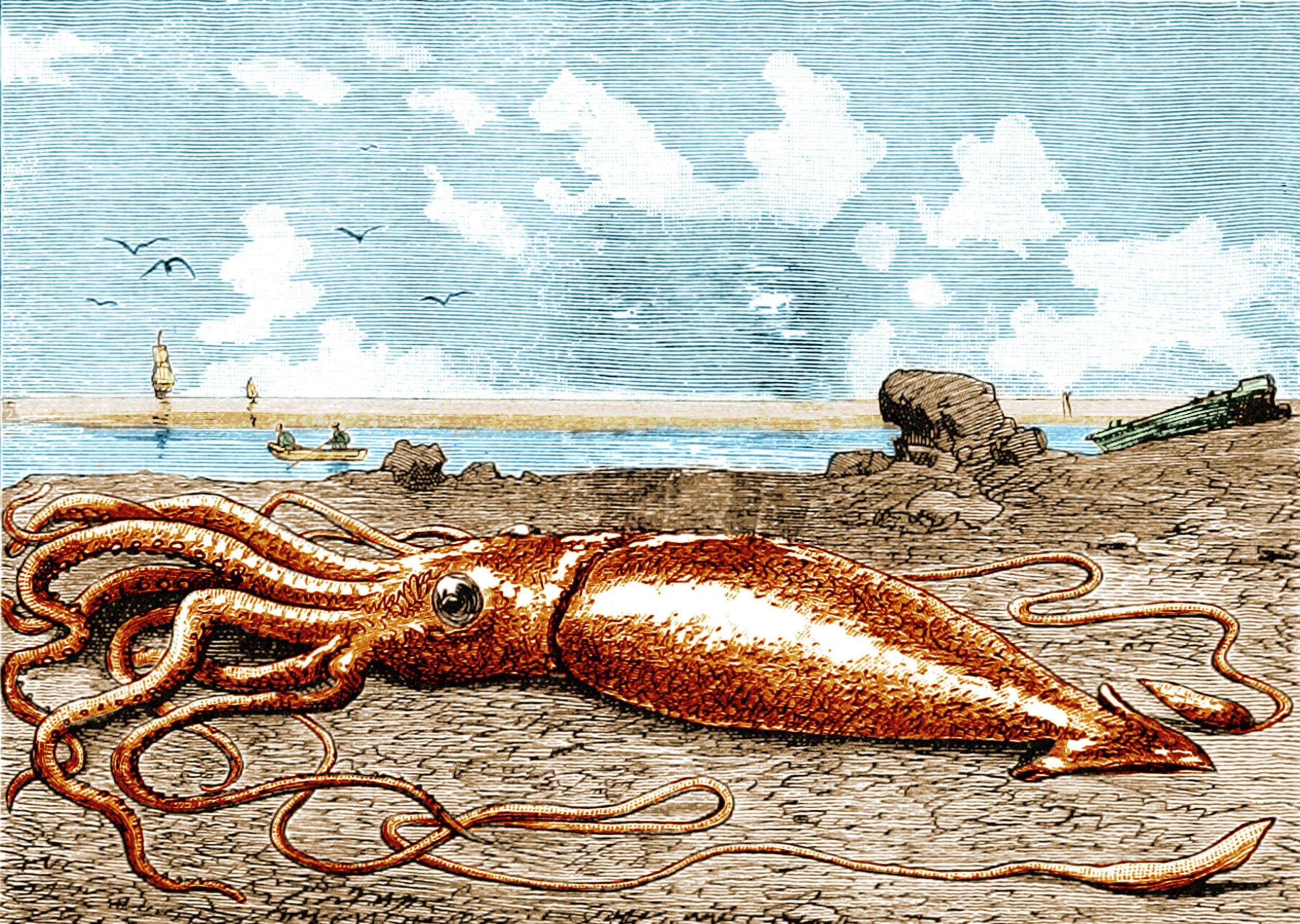

“I think it’s a mistake to look for a single, definitive thing,” says Godfrey-Smith.



There’s no one metric by which to measure intelligence – some markers, such as tool use, were settled on simply because they were evident in humans. In captivity, they have learned to navigate simple mazes, solve puzzles and open screw-top jars, while wild animals have been observed stacking rocks to protect the entrances to their dens, and hiding themselves inside coconut shell halves.īut that’s also reflective of their dexterity: an animal with fewer than eight legs may accomplish less but not necessarily because it is more stupid. The coconut octopus is one of the few cephalopods known to exhibit the behaviour of using a tool. Half a billion neurons put octopuses close to the range of dogs and their brains are large relative to their size, both of which offer biologists a rough guide to brainpower. This apparent problem-solving ability has led cephalopods (particularly octopuses, because they’ve been studied more than squid or cuttlefish) to be recognised as intelligent. Elsewhere octopuses have plugged their tanks’ outflow valves, causing them to overflow. Godfrey-Smith writes of animals learning to turn off lights by directing jets of water at them, short-circuiting the power supply. Most aquariums that have attempted to keep octopuses have tales to tell of their great escapes – even their overnight raids of neighbouring tanks for food. Albert and Bertram performed in a “reasonably consistent” manner, but one named Charles tried to drag a light suspended above the water into the tank squirted water at anyone who approached and prematurely ended the experiment when he broke the lever. Charming anecdotes like this abound in Godfrey-Smith’s book, particularly about captive octopuses frustrating scientists’ attempts at observation.Ī 1959 paper detailed an attempt at the Naples Zoological Station to teach three octopuses to pull and release a lever in exchange for food.


 0 kommentar(er)
0 kommentar(er)
